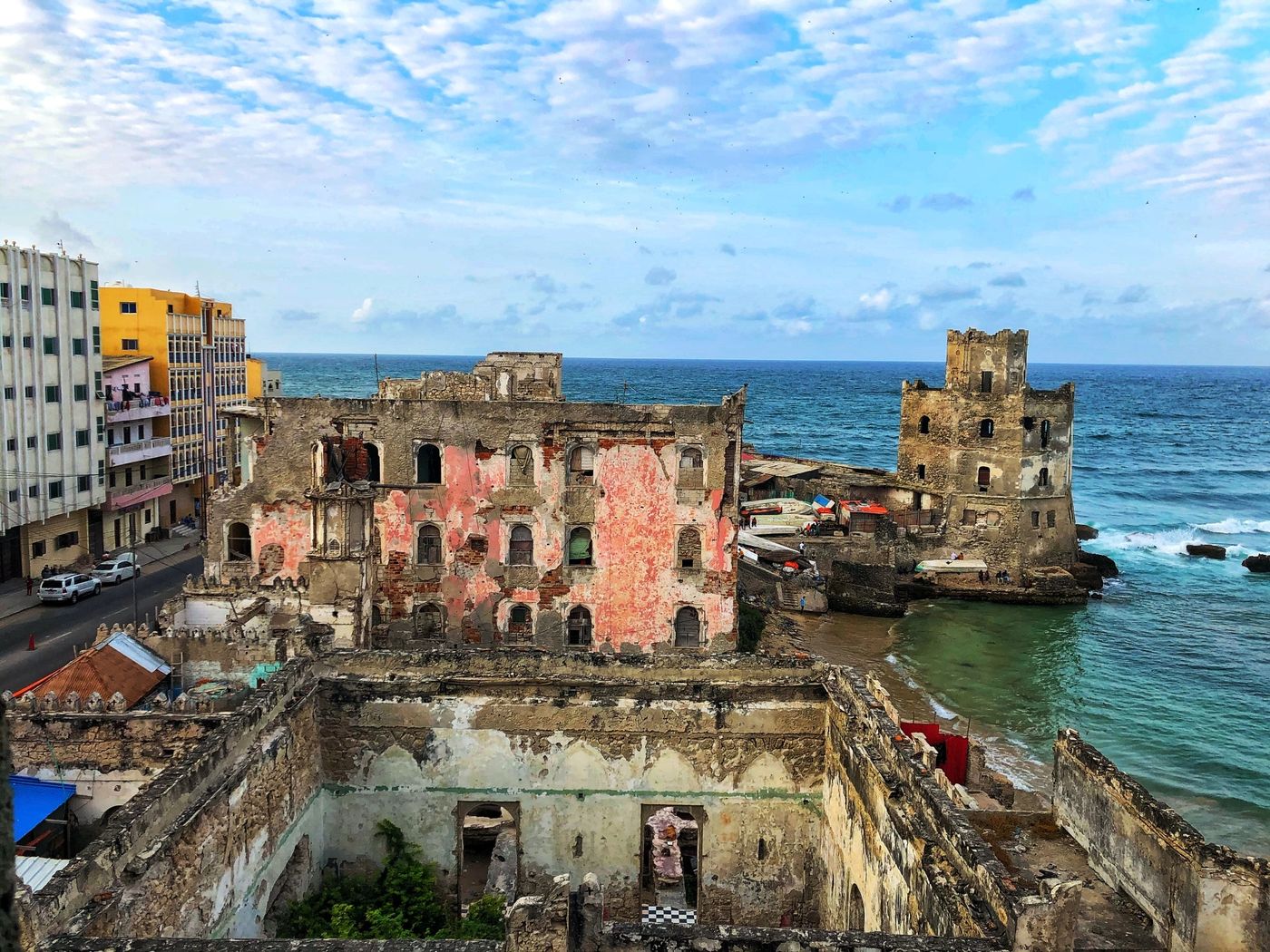
Somalia often gets overshadowed by its challenges, but this East African nation has a rich history and vibrant culture worth knowing. Did you know that Somalia has the longest coastline in mainland Africa? This makes it a hub for maritime activities and a treasure trove of marine biodiversity. The country is also home to ancient cave paintings in Laas Geel, dating back thousands of years. Somalia's capital, Mogadishu, was once a bustling trade center, connecting Africa with the Middle East and Asia. From its unique language, Somali, to its traditional camel herding, Somalia offers a tapestry of fascinating facts that go beyond the headlines. Ready to learn more? Let's dive into 25 intriguing facts about Somalia!
Key Takeaways:
- Somalia has the longest coastline in mainland Africa, with hot, dry weather and two rainy seasons. Its history includes ancient trading hubs and a rich maritime trade tradition.
- Livestock, fishing, and agriculture are vital to Somalia's economy, and the country is home to diverse wildlife and stunning natural wonders, including critically endangered species and unique ecosystems.
Geography and Climate
Somalia, located in the Horn of Africa, boasts a unique geography and climate. Here are some fascinating facts about its landscape and weather patterns.
- Somalia has the longest coastline on mainland Africa, stretching over 3,300 kilometers along the Indian Ocean.
- The country is predominantly arid, with hot, dry conditions prevailing throughout the year.
- The northern part of Somalia is mountainous, with the highest peak, Shimbiris, reaching 2,416 meters.
- Somalia experiences two rainy seasons: Gu (April to June) and Dayr (October to December).
- The country is home to the semi-desert region known as the Somali Desert, which covers much of its central and northeastern areas.
History and Culture
Somalia's rich history and vibrant culture are deeply rooted in its ancient past. Here are some intriguing facts about its historical and cultural heritage.
- The ancient city of Mogadishu, Somalia's capital, has been a significant trading hub since the 10th century.
- Somalia was once part of the powerful Sultanate of Ifat and later the Adal Sultanate.
- The Somali people have a strong oral tradition, with poetry playing a central role in their cultural expression.
- Somalia is known for its traditional dance, the Dhaanto, which is performed during celebrations and social gatherings.
- The country has a rich history of maritime trade, with ancient connections to Persia, India, and China.
Economy and Resources
Somalia's economy is diverse, with agriculture, livestock, and fishing playing crucial roles. Here are some key facts about its economic landscape.
- Livestock is the backbone of Somalia's economy, accounting for about 40% of the country's GDP.
- Somalia is one of the world's largest exporters of camels, with millions of these animals raised annually.
- The country has significant untapped oil and gas reserves, which could potentially transform its economy.
- Fishing is an important industry, with the Somali coast known for its rich marine biodiversity.
- Agriculture, particularly the cultivation of sorghum and maize, is vital for the country's food security.
Language and Education
Language and education are essential aspects of Somali society. Here are some notable facts about these areas.
- Somali is the official language of Somalia, and it is written using the Latin alphabet.
- Arabic is also widely spoken, reflecting the country's historical and cultural ties to the Arab world.
- English and Italian are used in business and government, owing to Somalia's colonial history.
- Somalia has a literacy rate of around 37.8%, with ongoing efforts to improve access to education.
- The country has several universities, including the prestigious Somali National University in Mogadishu.
Wildlife and Natural Wonders
Somalia is home to diverse wildlife and stunning natural wonders. Here are some captivating facts about its flora and fauna.
- The Somali wild ass, a critically endangered species, is native to the region and known for its distinctive leg stripes.
- Somalia's coastal waters are home to a variety of marine life, including dolphins, sharks, and turtles.
- The country has several national parks and reserves, such as the Kismayo National Park, which protect its unique ecosystems.
- Somalia's flora includes the frankincense tree, which produces resin used in traditional medicine and religious rituals.
- The Jubba and Shabelle rivers, two of the longest in Somalia, provide vital water resources for agriculture and wildlife.
The Final Word on Somalia
Somalia's rich history, diverse culture, and unique geography make it a fascinating country. From its ancient trading routes to its modern-day challenges, Somalia offers a blend of the old and new. The country's coastline, one of the longest in Africa, has been both a blessing and a curse, providing opportunities for trade but also challenges like piracy.
Somalia's people are known for their resilience and strong sense of community. Despite years of conflict, they continue to strive for peace and stability. The nation's traditional music, dance, and art reflect its vibrant culture and deep-rooted traditions.
Understanding Somalia requires looking beyond the headlines. It's a country with a complex past and a hopeful future. By learning more about its history, culture, and people, we can appreciate the richness that Somalia brings to the global tapestry.
Frequently Asked Questions
Was this page helpful?
Our commitment to delivering trustworthy and engaging content is at the heart of what we do. Each fact on our site is contributed by real users like you, bringing a wealth of diverse insights and information. To ensure the highest standards of accuracy and reliability, our dedicated editors meticulously review each submission. This process guarantees that the facts we share are not only fascinating but also credible. Trust in our commitment to quality and authenticity as you explore and learn with us.


